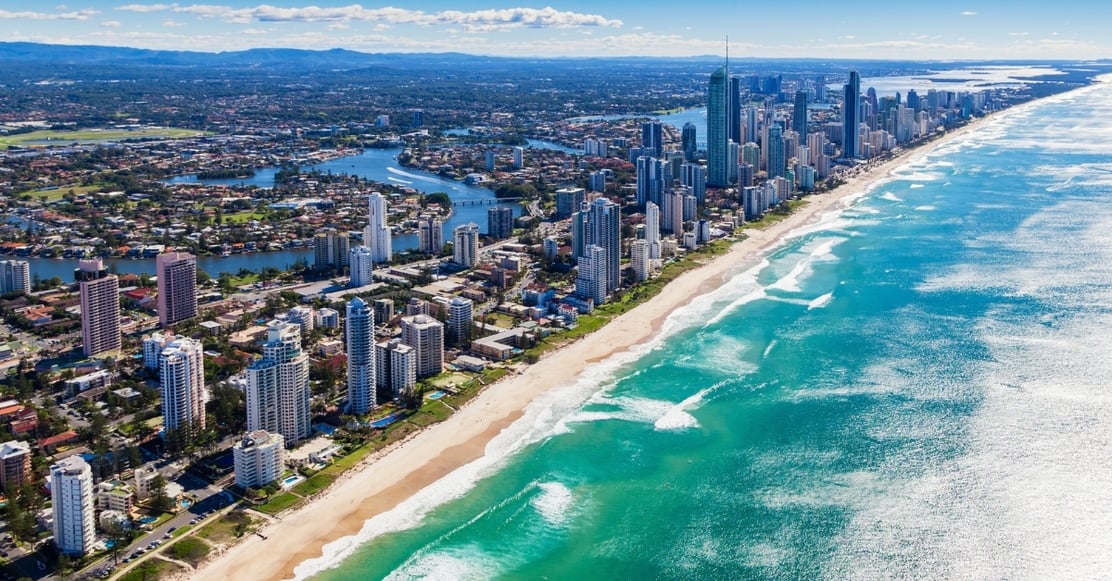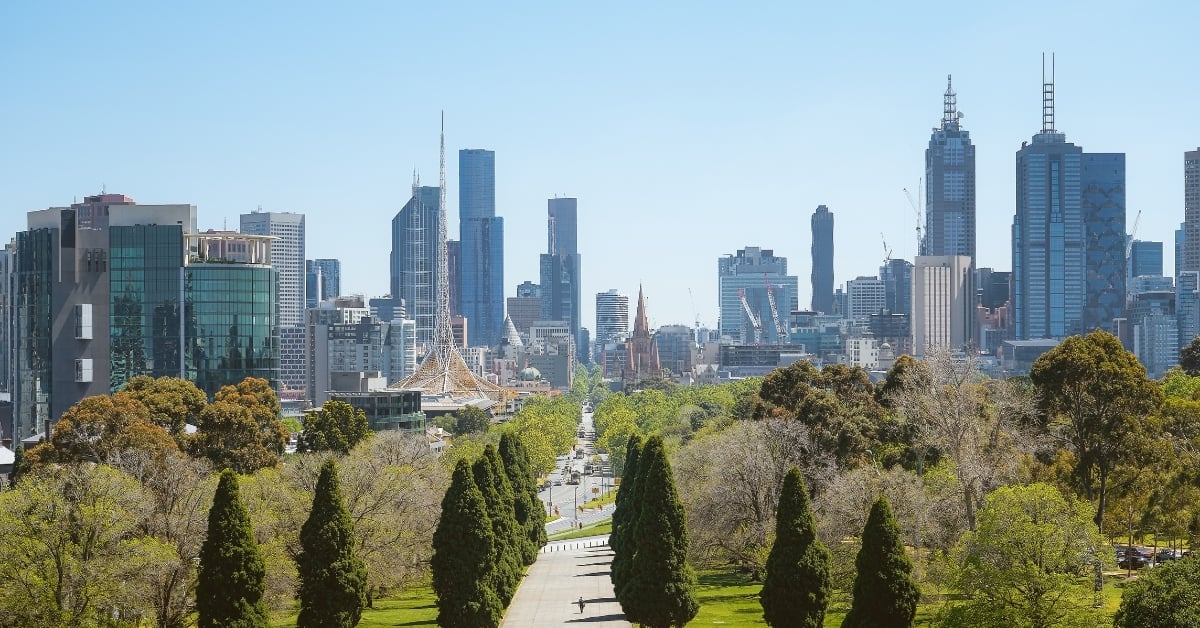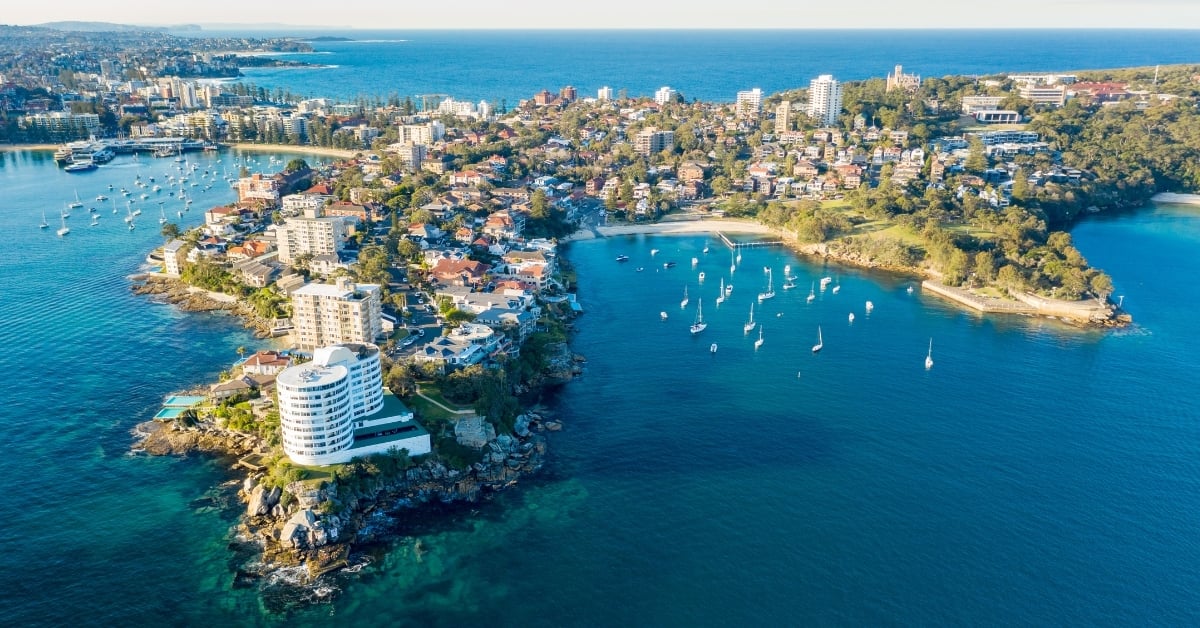Understanding Land Tax in QLD: What You Need to Know

Queensland has long been a hotspot for property investors, thanks to affordable prices, strong population growth and an enviable lifestyle. Now with the 2032 Olympics Games on the horizon, a surge in infrastructure and development projects is creating even more opportunities for potential growth.
While it is easy to be swept up in the excitement of prospective capital gains, it is important to stay across your financial obligations beyond maintenance and repairs. Land tax is an annual state-imposed charge on the value of land, excluding any structures.
This guide explains who pays land tax, who’s exempt, how its calculated, when to pay and importantly how to effectively plan.
Who pays land tax in QLD?
Let’s look at how land tax in Queensland is calculated before exemptions are applied. The taxable amount is based on the total unimproved value of all land you own in Queensland as of 30 June each year. Different ownership types have different thresholds - $600,000 for individuals and $350,000 for companies, trusts and absentee owners. Once your total land value exceeds these thresholds, you become liable for land tax. It applies to investment properties, commercial land and vacant blocks.
Who is exempt from paying land tax in QLD?
The good news is that not all land is subject to land tax, and several exemptions can reduce your liability.
It is not payable on the home where you live. However, if your property is partly rented or used for another purpose, then a partial exemption may apply. If you are between selling one home and moving into another before June 30, then you may qualify for a transitional exemption.
Properties such as farmland, sites owned by charities or not-for-profit are also exempt from land tax. Likewise for aged care facilities, retirement villages, caravan parks, supported accommodation and community clubs.
Concessions may be available for eligible build-to-rent developments where it meets certain requirements.
How is land tax calculated in QLD?
Land tax is calculated on the unimproved value of your land, as assessed each year by the Valuer-General. The total taxable value of all land holdings – including your share in jointly owned properties – is combined before applying threshold.
So, if you own multiple investment properties across the state, these are then added up together. If it comes to $600,000 or more than you are liable for land tax.
Here is the current guide to work out how general land tax is calculated in Queensland:
| Total taxable value | Rate of tax |
| $0 | $0 |
| $600,000-$999,999 | $500 plus 1 cent for each $1 more than $1,000,000 |
| $1,000,000-$2,999,999 | $4,500 plus 1.65 cents for each $1 more than $1,000,000 |
| $3,000,000-$4,999,999 | $37,500 plus 1.25 cents for each $1 more than $3,000,000 |
| $5,000,000-$9,999,999 | $62,500 please 1.75 cents for each $1 more than $5,000,000 |
| $10,000,000 or more | $150,000 plus 2.25 cents for each $1 more than $10,000,000 |
Remember different land tax rates in Queensland apply to trusts and absentee owners. Companies (including clubs, associations and societies) or trusts (of a trust or superannuation funds) are liable for land tax when the total taxable value of their land is $350,000 or more. You can use a land tax calculator distributed by the Queensland Revenue Office to work out a general estimate here.
When do you pay land tax in QLD?
Assessments are generally issued between August and October every year using property valuations determined by the Valuer-General. These are sent either by post or email notification through the Queensland Revenue Office (QRO).
The amount can be paid in full by the due date shown on the notice or you may be able to apply to for an instalment plan.
Payment options include BPAY, direct debit, EFT, cheque, money order or credit card.
It is important to check your assessment carefully – if properties you no longer own are listed or new ones are missing, contact the QRO immediately to correct any errors.
Remember, you may become liable for land tax if the combined value of your properties crosses the taxable threshold.
Understanding recent land tax reforms in QLD
Those looking buy an investment property in Queensland can breathe a sigh of relief after the controversial 2022 interstate aggregation proposal was officially scrapped. The reform, which would have combined the value of land owned across all Australian states to calculate the Queensland land tax, was heavily criticised from both investors and industry groups.
The $600,000 threshold for individuals was set back in 2007. Since then, Queensland property prices have significantly increased leading calls for the threshold to be indexed in line with CPI. In 2023-2024, almost 195,000 properties were subject to land tax – a 14 percent increase from the previous year. Foreign owners, trusts and absentee owners continue to face a land tax surcharge in addition to land tax.
It is a good idea for investors to keep an eye on state budgets and Treasury announcements to ensure they can plan effectively for any changes.
How land tax impacts different owners – scenario analysis
Land tax liability in Queensland depends on your total taxable land value, not just individual properties. Don’t get caught by surprise by the aggregation rules which combine all properties when calculating land tax and can push investors over the threshold quickly.
Here is how it plays out in practice:
- Single Property Owner – owner with one investment property valued at $500,000. As this is below the $600,000 threshold, no land tax applies.
- Two Properties Combined – owner with two properties worth $400,000 and $350,000. The combined value of $750,000 exceeds threshold. The amount of tax payable is $500 + 1c per $1 over $600,000 ($1500) = $2000
- Large Portfolio Owner – holds several properties totalling $3m. The combined value exceeds the threshold of $600,000. The amount of land tax payable is $37,500 plus 1.25 cents for each $1 over $3m.
- Trust or Company Owner – they will hit the $350,000 threshold much earlier, meaning even modest holdings can attract tax sooner. For instance, if a trust has two properties with a combined value of $750,000, land tax payable is $8,250 compared to $1500 for an individual owner (as above).
LJ Hooker is here to help
When you are ready to start or add to your property portfolio in Queensland, be sure to contact your nearest LJ Hooker agent. They are specialists who are experienced in helping people looking to get started in investing and can access property databases and valuation tools.
Importantly, they understand the Queensland investment market and can also arrange for an experienced property manager to take care of the property. This reduces the burden on you as a landlord and will allow you to focus on growing your portfolio.
Don’t forget to be a tax-smart investor by getting all your documentation in order from the start. This includes knowing what expenses can be claimed, your tax obligations and declaring all rental-related income in your annual return.
FAQs about land tax in Queensland
Do you pay land tax on vacant property in Queensland?
Yes – land tax is payable on vacant land. The total tax rate depends on what type of owner you are, the value of your land and any exemptions.
Does everyone in QLD have to pay land tax?
Queenslanders do not have to pay land tax on land or part of their land that is used as their primary place of residence. It is only payable when the total taxable value of an investment or commercial property exceeds the land tax threshold.
Do you have to pay land tax on a holiday home?
You may be liable for land tax on a holiday home – even if it does not generate any income.
Does Queensland have the highest land tax?
It is not considered the highest in Australia. However, the Queensland land tax threshold was set in 2007, and property values have increased dramatically since that time. This means that more investors are now paying land tax.
Do pensioners pay land tax in QLD?
There is no separate land tax for seniors or pensioners in Queensland. However, no land tax is payable when living in your own home. They may be able to claim for an exemption if they move into full time aged care or nursing home.
What is the threshold for land tax in QLD?
The land tax rate is calculated on midnight of June 30 every year. The amount owning depends on the type of owner. The threshold for individuals is $600,000 or more, while the threshold for companies and trusts is $350,000 or more.
DISCLAIMER - The information provided is for guidance and informational purposes only and does not replace independent business, legal and financial advice which we strongly recommend. Whilst the information is considered true and correct at the date of publication, changes in circumstances after the time of publication may impact the accuracy of the information provided. LJ Hooker will not accept responsibility or liability for any reliance on the blog information, including but not limited to, the accuracy, currency or completeness of any information or links.
Share


